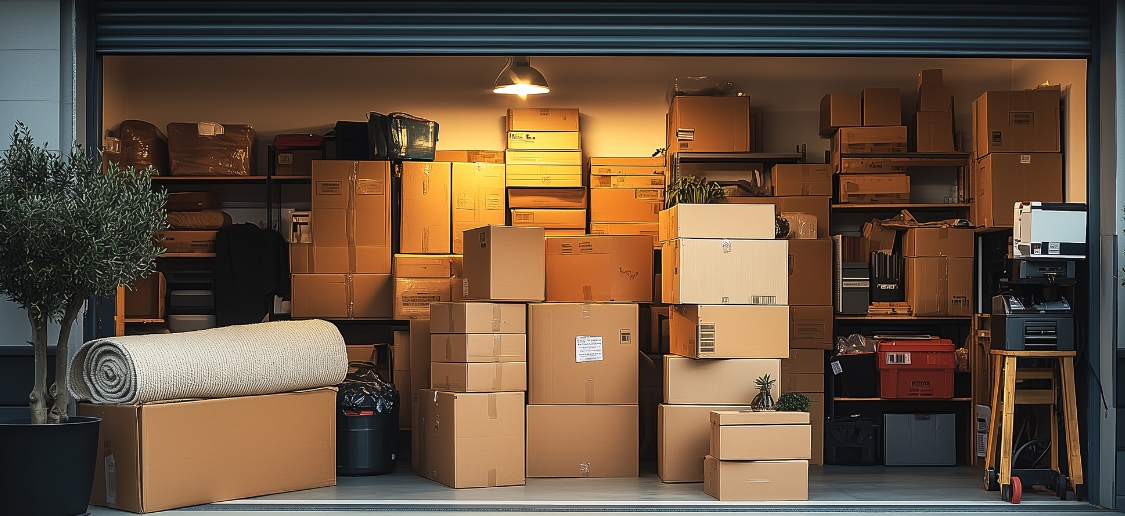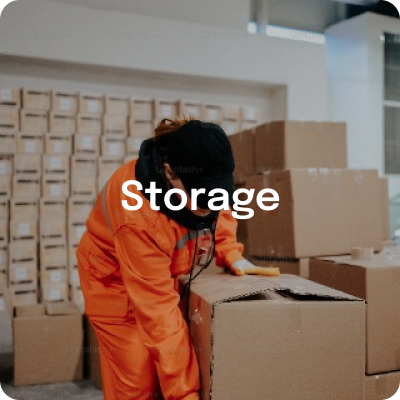
Choosing a storage unit can be confusing, especially for the space you need. Whether you renovate, downsize, or store business inventory, the storage size helps you save money and avoid stress.
This guide helps you understand how to opt for the correct size of the storage unit for your needs.
List What You Need to Store
Make a list of all the items you want to store. Include:
- Furniture (beds, sofas, tables)
- Appliances (fridge, washing machine)
- Boxes of clothes, books, or documents
- Electronics
- Business items or tools
Once you have a list, it gives you a better idea of how much space you will need.
Understand Common Storage Sizes
Storage Units usually come in standard sizes. Here is a simple breakdown:
- Small Units (25–50 sq. ft.)
- Like a small closet.
- 4–5 medium boxes, a few suitcases, or small furniture.
- Ideal for students, single-room storage, or extra seasonal items.
- Medium Units (75–100 sq. ft.)
- Like a bedroom or half of a one-car garage.
- Can store the contents of a 1BHK home.
- Perfect for storing appliances, multiple boxes, and medium-sized furniture.
- Large Units (150–300 sq. ft.)
- Like a garage or a small apartment.
- Stores items from a 2–3 BHK home.
- Great for furniture sets, wardrobes, dining tables, and big boxes.
- Warehouse-Style Units (300+ sq. ft.)
- For businesses or entire households.
- Holds inventory, equipment, or multiple rooms furniture.
Think Vertically
Storage units allow for stacking. Stack lighter boxes on heavy wardrobes or beds. It saves floor space.
Tip: Use uniform-sized boxes to make stacking easier and safer.
Visualize the Space
Take help from the storage company to show you sample units or share a virtual tour. It helps you imagine how your belongings will fit inside.
You can also measure your boxes and furniture at home. Compare it with the unit’s length and height to avoid surprises later.
Consider Future Needs
If you plan to add more items later, go for one size bigger than what you currently need. It is better to have a little extra space than to overcrowd the unit.
Talk to Storage Experts
If you are still unsure, do not hesitate to customer support team of the storage service provider. Companies like Xtended Space guide you to the perfect unit size based on your inventory and duration.
Summary Table
Storage Size | Fits What? | Ideal For |
25–50 sq. ft. | Few boxes, suitcases, small items | Students, short-term needs |
75–100 sq. ft. | 1BHK contents, medium furniture | Moving, home renovation |
150–300 sq. ft. | 2–3BHK contents, furniture | family storage, long-term use |
300+ sq. ft. | Full homes, business goods, pallets | Warehousing, commercial inventory |
To sum up
Choosing the right size for a storage unit is not a typical process. Once you list your items, understand and select the space. Always check with a reliable storage provider that is the best fit without overcharging.
FAQs
- Do you provide guidance on selecting the storage size I need?
Ans: Prepare an item list that needs to be stored and match them with standard unit sizes. If unsure, speak to a storage consultant.
- Can I upgrade or downgrade the unit size later?
Ans: Yes, most storage companies like Xtended Space offer flexible plans. You can shift to any unit based on your requirements.
- Do I have to visit the unit before booking?
Ans: Many storage companies offer virtual tours or call guidance to help you choose the correct size. However, if you want to satisfy your doubts, you can visit.
- Can I access my things anytime?
Ans: Yes, if you are using on-demand storage, some providers will deliver your items to your door. Others allow self-access with prior notice.
- Is it better to choose a slightly bigger unit?
Ans: Yes, it allows easy movement, better air circulation, and flexibility for future use.







